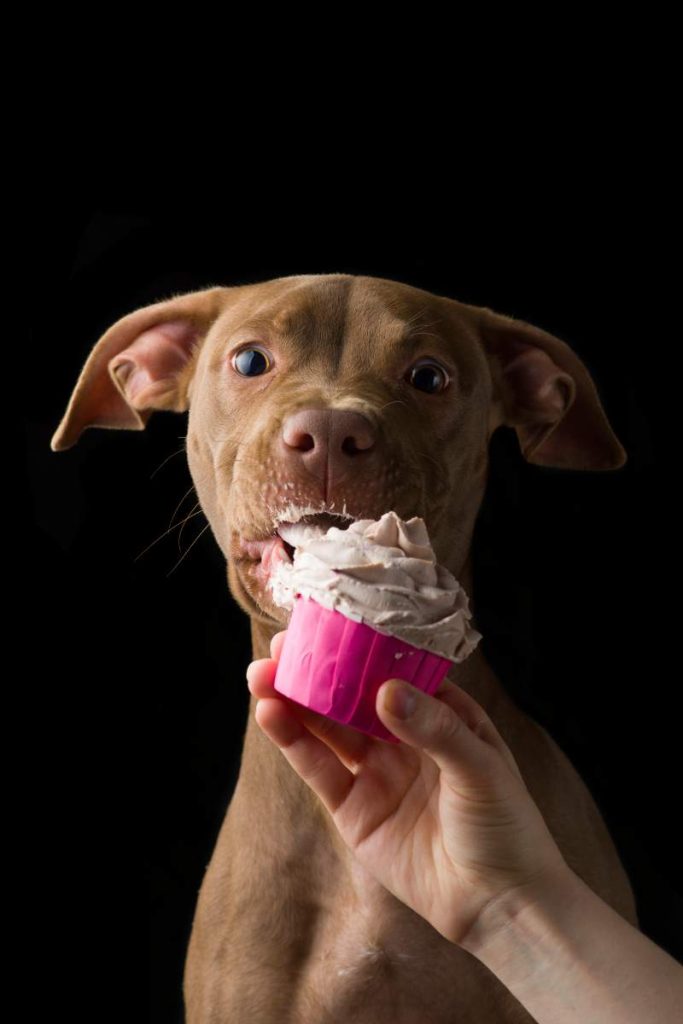Many dog owners enjoy treating their pets, often sharing some of their favourite snacks. One common question that arises is whether it’s safe for dogs to have whipped cream. While it might seem like a harmless treat, it’s important to consider the ingredients in whipped cream and how they might affect your dog’s health.
In this article, we’ll take an in-depth look at whether dogs can eat whipped cream, the potential health risks, and alternative treats you can give your dog.
What is Whipped Cream Made of?
Whipped cream is typically made from heavy cream, sugar, and sometimes vanilla. When whipped, the cream forms light, fluffy peaks that are sweet and satisfying. Let’s break down the core components to understand their potential impact on dogs.
- Heavy Cream: Heavy cream is rich in fat and calories. While dogs do need fats for energy, too much fat can lead to issues like obesity and pancreatitis.
- Sugar: Most whipped cream contains sugar. While dogs can metabolize small amounts of sugar, excessive intake can contribute to weight gain, diabetes, and dental issues.
- Flavourings (Vanilla): Vanilla extract typically contains alcohol, which is toxic to dogs. Even in small amounts, alcohol can be harmful, especially for smaller breeds.
Is Whipped Cream Safe for Dogs?
The short answer is that while a small amount of whipped cream is unlikely to cause immediate harm, it’s not the healthiest choice for your dog. Here’s a breakdown of the factors to consider:

- Lactose Intolerance: Many dogs are lactose intolerant, which means they lack the enzyme lactase needed to break down lactose in dairy products. Consuming whipped cream can lead to gastrointestinal upset in dogs that are sensitive to lactose, resulting in symptoms like diarrhoea, vomiting, and gas.
- Sugar and Obesity: Regularly feeding your dog sugary foods, including whipped cream, can contribute to weight gain and related health problems such as diabetes and heart disease. Dogs don’t need sugar in their diet, and excess sugar can harm their overall well-being.
- High-Fat Content: While dogs need some fat in their diet, too much can cause problems. Whipped cream is high in fat, which can lead to obesity and, in severe cases, pancreatitis—a painful and potentially life-threatening condition.
- Artificial Sweeteners: Some whipped cream products, especially those marketed as sugar-free, may contain artificial sweeteners like xylitol. Xylitol is highly toxic to dogs and can cause a rapid release of insulin, leading to hypoglycemia (low blood sugar), seizures, liver failure, and even death.
How Much Whipped Cream Can a Dog Have?
If you want to treat your dog to a little whipped cream, it’s essential to limit the portion size. A small dollop once in a while, especially for larger dogs, is generally safe. However, moderation is key. Here’s a general guideline:
- Small dogs: A teaspoon-sized amount of whipped cream on rare occasions.
- Medium to large dogs: A tablespoon-sized amount on rare occasions.
Always ensure that the whipped cream you offer your dog doesn’t contain any artificial sweeteners, especially xylitol, and limit it to plain varieties without added flavours.
Possible Reactions to Whipped Cream
Even though small amounts of whipped cream may be harmless for some dogs, it’s important to monitor your pet for any adverse reactions. Symptoms of a bad reaction may include:
- Diarrhea
- Vomiting
- Gas or bloating
- Excessive thirst or urination (due to sugar content)
- Lethargy or signs of discomfort
If your dog shows any of these symptoms after consuming whipped cream, it’s best to avoid giving it in the future. Severe reactions, such as those caused by artificial sweeteners like xylitol, require immediate veterinary attention.

Healthier Alternatives to Whipped Cream for Dogs
Rather than whipped cream, there are several other healthy and dog-friendly treats you can offer your furry friend. Here are some alternatives that are not only safe but also beneficial for their health:
- Plain Greek Yogurt: Unlike regular whipped cream, plain Greek yoghurt contains beneficial probiotics that support your dog’s digestion. Make sure it’s free from added sugar or artificial sweeteners.
- Pumpkin Puree: Unsweetened, canned pumpkin puree is a great source of fibre and helps with digestion. Dogs love the natural sweetness, and it’s much healthier than whipped cream.
- Frozen Banana Slices: Bananas are rich in potassium and fibre. Freeze small slices for a refreshing treat, or mash them up for a creamy texture that mimics whipped cream.
- Dog-Friendly Whipped Toppings: Some pet stores sell whipped toppings designed specifically for dogs. These treats are made with safe ingredients and can be a fun, occasional indulgence for your dog.
- Coconut Whipped Cream: For dogs that are lactose intolerant, coconut whipped cream can be a safer option. While it’s still high in fat, it lacks dairy, making it less likely to cause digestive upset.
The Importance of a Balanced Diet for Dogs
While it’s tempting to share your food with your pet, it’s important to remember that dogs have very different dietary needs than humans. The majority of their nutrition should come from high-quality dog food that’s specially formulated to meet their specific requirements.
Dogs require a balance of proteins, fats, carbohydrates, vitamins, and minerals to stay healthy. Treats, including whipped cream, should make up no more than 10% of their daily caloric intake to prevent nutritional imbalances or weight gain.
What About Puppuccinos?
Puppuccinos have become a popular treat for dogs, especially at coffee shops like Starbucks. A Puppuccino is a small cup of whipped cream, offered as a fun indulgence for your pet. While it’s not harmful in small doses for most dogs, it should still be treated as an occasional indulgence rather than a regular snack.
If your dog enjoys a Puppuccino now and then, ensure it doesn’t become a frequent habit, and always observe for any signs of digestive upset after consuming dairy products.
Dogs and Dairy: A Final Thought
While dairy isn’t inherently dangerous for all dogs, it’s important to understand that many dogs can’t properly digest lactose. Even if your dog seems to tolerate small amounts of whipped cream, frequent consumption of dairy can lead to health problems over time.
It’s always best to consult with your veterinarian before introducing any new food or treat into your dog’s diet. If your dog has a history of digestive issues or food sensitivities, it’s probably best to avoid whipped cream altogether.
Conclusion: Is Whipped Cream Okay for Dogs?
In conclusion, while a small amount of whipped cream is unlikely to harm most dogs, it’s not the healthiest treat you can offer. Whipped cream is high in sugar and fat, and many dogs are lactose intolerant, which can lead to digestive issues.
If you want to treat your dog, consider healthier alternatives like plain Greek yoghurt, pumpkin puree, or dog-friendly whipped toppings. These options provide a satisfying treat without the added risks of dairy, sugar, or artificial sweeteners.
Ultimately, the key to a healthy, happy dog is moderation and balance. Treats should be occasional, and their primary diet should always consist of high-quality, nutritious dog food. So, while it’s okay for dogs to have whipped cream every now and then, there are far better choices out there to keep your furry friend healthy and satisfied!
















